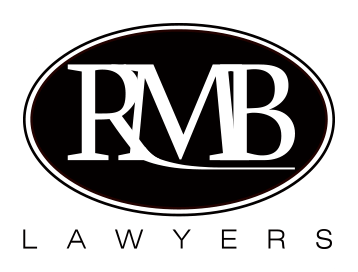Self Managed Superannuation Funds (SMSFs) are becoming increasingly popular as they can assist with the growth of family wealth.
SMSFs were created by legislation under the Superannuation Industry Supervision Act 1993 (SISA) and the related Superannuation Industry Supervision Regulation 1994 (SISR).
SMSFs are in effect a trust and the trustee manages the family wealth within the SMSF for the benefit of family members.
An SMSF cannot have more than four members and all must be trustees except in the case of a corporate trustee, when all members must be directors of the trustee company. The trustees set the rules which work in conjunction with the superannuation laws and trust laws to regulate the management of the assets within the fund.
The SMSFs investments must be separate from fund members’ personal and business affairs. Money belonging to the fund must not, under any circumstances, be used for personal or business purposes or as a form of credit or emergency reserve. This money is protected and generally cannot be accessed until retirement.
It is the trustee's responsibility to ensure that an SMSF is operated for the sole purpose of providing retirement benefits for members or the member's dependants when one of the following events occur:
- On or after retirement from "gainful employment";
- Attaining the prescribed age;
- On a member’s death.
Ancillary purposes cover the provision of benefits for members in the following circumstances:
- Termination of the member's employment with an employer who, at any time, has made the contributions to the fund as employer;
- Cessation of employment due to ill health (whether physical or mental);
- Death of a member after retirement when the benefits are paid to the member's dependants or legal representative, or both;
- Death of the member after attaining the age of 65 years where the benefits are paid to the member's dependants or legal representative, or both
- Any ancillary purpose approved in writing by Australian Prudential Regulation Authority.
A fund has breached its sole purpose test where the investment arrangement provides financial assistance to another party who is not a member or beneficiary of the fund itself.
Another indication that a breach may have occurred is when a fund is "running a business" as part of the investment strategy.
If a trustee breaches a sole purpose test, they may face civil and criminal penalties with fines up to $220,000 for individual trustees, and five years imprisonment. There are similar penalties opposed for directors of corporate trustees who breach these provisions.
SISA sets out various rules and restrictions on investments, including lending to members and their relatives, acquiring assets from related parties of the fund and borrowing by the fund. Investments must be made and managed on an arm’s length basis.
